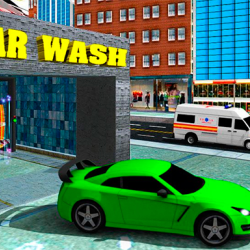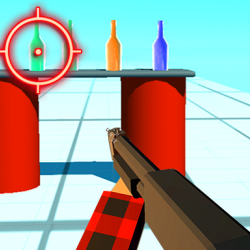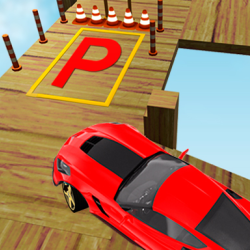Control
Merge lanes ahead—reduce speed gradually, keep a safe distance. Traffic waves ripple backward when brakes slam; smooth acceleration prevents cascading delays. Prioritize bottleneck zones: left lanes must flow freely, redirect heavy vehicles to outer paths. Overhead signs flash alternate routes during congestion—compliance prevents deadlock. Signal early, avoid abrupt merges; erratic maneuvers trigger chain collisions. Emergency protocols activate for stalled vehicles—clear lanes within 90 seconds or risk gridlock. Optimize traffic light sequences: sync green waves for high-volume corridors. Pedestrian crosswalks halt all movement during rush hours—enforce strict right-of-way. Monitor real-time flow maps; reroute dynamically to balance density. Horns blare when static idling exceeds 30 seconds—nudge forward, maintain crawl momentum. Construction zones narrow to single-file—zipper merges mandatory. Rain reduces traction—double follow gaps, activate hazard lights for hydroplaning. Night mode dims glare—rely on reflective markers, resist high beams. Aggressive drivers AI-swerve unpredictably; anticipate darting, shield vulnerable cyclists. Fuel low? Exit ramps replenish but skip if queues spill onto highways. Remember: steady rhythm beats speed—collective pacing triples throughput.
description
To enhance highway safety and reduce collisions during lane transitions, a dynamic traffic management system regulates vehicle merging and exiting through adaptive signal algorithms. By synchronizing real-time data on speed, density, and driver behavior with predictive analytics, the framework optimizes turning intervals while maintaining traffic momentum. This approach minimizes abrupt stops, prevents right-of-way conflicts near interchanges, and addresses blind spot risks through calculated gaps between vehicles. Drivers receive coordinated alerts via smart signage and in-vehicle displays, harmonizing traffic patterns without relying solely on individual judgment. The system prioritizes emergency vehicle access during critical response windows while reducing congestion through staggered turn phases during peak hours.

































